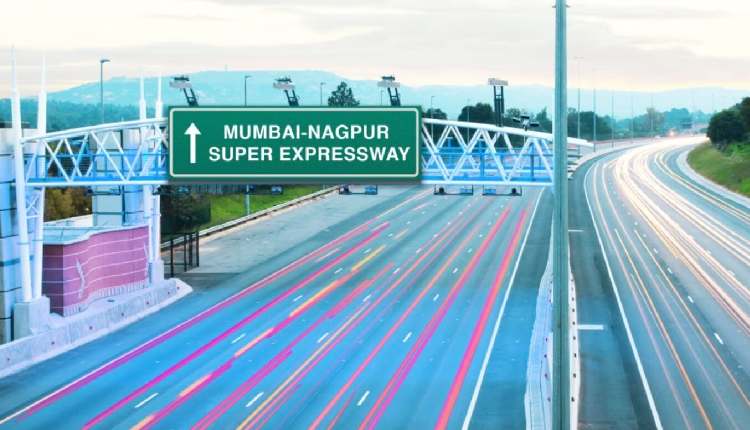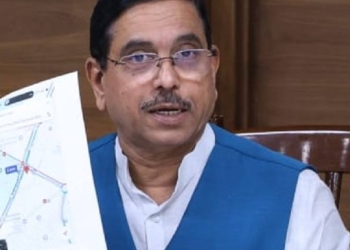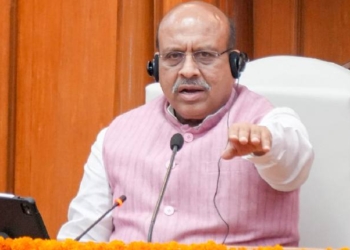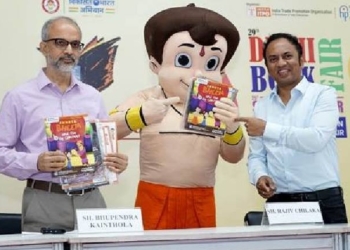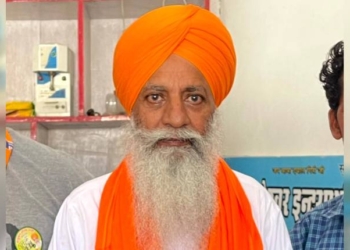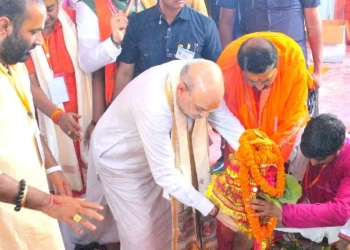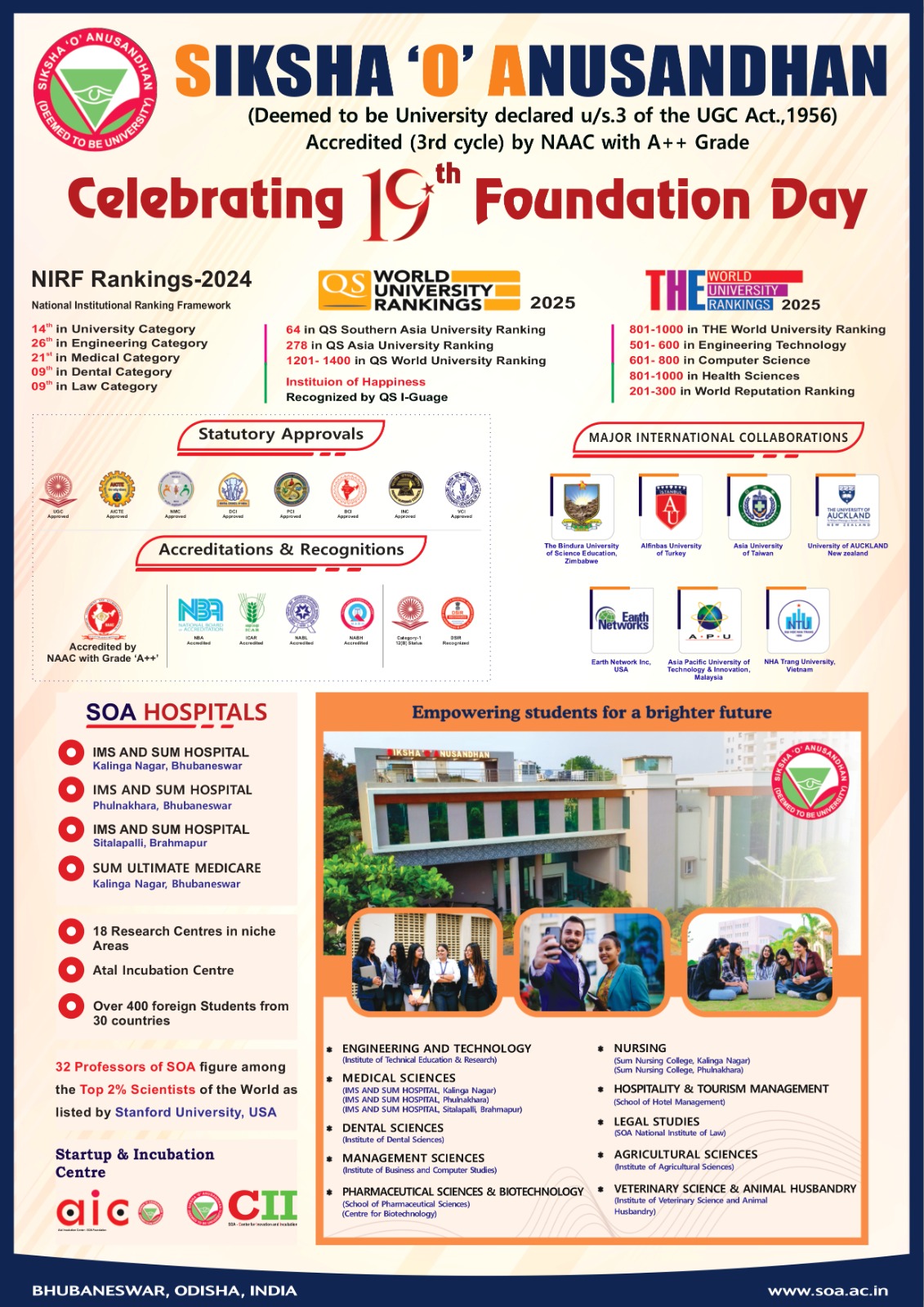Mumbai: The partly-completed Mumbai-Nagpur Super Expressway has emerged as a “killer” – reporting at least 195 big and small accidents that claimed 95 lives and left many more injured in less than 5 months.
Prime Minister Narendra Modi had, on December 11, 2022, inaugurated the ‘Hindu HridaySamrat Balasaheb Thackeray Maharashtra Samruddhi Mahamarg’ Phase I, running 520 km from Nagpur to Nashik.
The total planned project, costing Rs 55,000 crore, encompasses 701 km linking the Maharashtra capital and the second capital, passing through 10 districts, halving the travel time from 16 hours to just 8 hours.
However, the Council for Protection of Rights (CPR) has said that the present stretch has already become deadly for vehicles and their occupants using it since the past nearly five months.
“As per official records, at least 95 persons lost their lives and hundreds more injured in over 175 major and minor accidents that took place on it,” said CPR Chairman, barrister Vinod Tiwari.
Drawing the attention of Chief Minister Eknath Shinde, the Director General of Police and the Chief Secretary, Tiwari has called for urgent remedial measures on the Super Expressway to prevent accidents/loss of lives.
“An important study by the Visvesvaraya National Institute of Technology (VNIT), Nagpur has made a shocking revelation that there are absolutely no halts provided on the Super Expressway, like petrol stations, eateries, toilets, malls, amusement, etc,” he said.
The VNIT report, prepared by the Traffic Engineering Department students, has claimed that after long hours of driving without break, drivers tend to develop “highway hypnosis” leading to such accidents.
“Highway hypnosis” is a condition when a driver zones out while driving, unable to remember what occurred in that specific period, just keeping driving without absolute control over the steering, and paying no attention to anything happening around him/her.
It is the outcome of tiredness among the driver, long hours of driving, monotonous highways, drowsiness with inattentive brain, etc.
The TED students studied a 100-km stretch of the Nagpur-Nashik section that was thrown open and in over one-third of the instances, “highway hypnosis” is believed to be responsible for the crashes, said the Head of Department V. Landge.
The Super Expressway has three lanes in each direction, so there are no head-on collisions, but more than 50 per cent of the truckers do not adhere to the “no lane change” rules.
The traffic on the Super Expressway comprises 30 per cent small vehicles, 20 per cent small goods carriers, and 50 percent trucks, with the last category blatantly flouting the lane-change rules that result in big and small crashes, as per the report.
Tiwari said to the CM that in western countries, all highways have provided convenient halts every 120-125 km to enable drivers to take short breaks after around 120-150 minutes of continuous driving.
Besides, passenger vehicles plying on expressways in developed countries are required to take a compulsory halt of 10-15 minutes after every 90-100 minutes to prevent onset of “highway hypnosis”, especially during night travel, he added.
He called upon the CM and DGP and CS to make immediate provisions for suitable halts at every 40-50 km on the Nagpur-Nashik (520 km) stretch, and also on the upcoming Nashik-Mumbai (181 km).
Tiwari said that many activists and traffic experts have questioned the wisdom of throwing open incomplete highways, expressways, roads, and other projects without providing all necessary amenities/facilities, eyeing short-term electoral gains.
“The CPR demands that the road should be closed at every 100 km for traffic and give a short break to the drivers to prevent their brain from lapsing into ‘highway hypnosis’ that will curb accidents not only on the Super Expressway but also all other highways in the country,” he urged.
Taking cognisance of the CRP’ plea, the CMO has sent it to the Additional Chief Secretary, Home, for further action in the matter.
(IANS)




